
Transit lets many of us bypass the nation’s worst traffic, and plays an important role in managing our region’s congestion. (Photo by wfyurasko, click for original)
You may have seen in the news recently that the Washington region’s traffic is the worst in the country – again. However, missing from the headlines is the crucial role public transit plays in keeping congestion at bay today – and how transit should be a big part of the solution to the region’s traffic problem going forward.
The D.C. region definitely has bad traffic, but transit helps give us good options to avoid it. In fact, traffic on the roads doesn’t matter to many of you who take Metrorail, walk, or a ride a bike. Census figures tell us that around 20% of our region’s commuters ride transit to get to work, and that number is rising. People in the Washington region are increasingly choosing to live in mixed-use, walkable neighborhoods near transit, giving them the option to avoid congestion altogether. Congestion may be bad, but many of us choose alternatives – and Metro is a big part of that.
Without transit, congestion would be even worse. The Texas Transportation Institute’s report itself actually points to public transportation as a key way the Washington region has been able to grow despite our congestion. According to the report, transit in our region is helping drivers avoid over $700 million per year in wasted time and fuel – nearly five minutes per day for each and every commuter, whether they ride transit or not. In fact, the report is broadly consistent with Metro’s own estimates of transit’s role in congestion in the Washington region. Metro estimates that transit in our region saves drivers $1 billion per year in wasted time, and that transit riders are able to save nearly $500 million in auto maintenance, fuel, parking, and other costs.
Congestion matters to Metro, too – because our buses are stuck in the same traffic as regular cars. Bus-only lanes in key locations, such as H and I Streets NW downtown where buses are 2% of the vehicles but carry 40% of the people, would help make Metrobus a great way to bypass traffic. Metro has designated 24 bus corridors in the region where improvements to help get buses out of traffic could attract 100,000 new bus riders per day.
More transit in the future is a good way to help congestion. We may never get rid of congestion entirely, but we can build our infrastructure in ways that give us good alternatives to being stuck in traffic. High-quality public transit may not come cheap, but this report is a good reminder of some of the costs of not investing in public transportation. The transit project needs identified by Momentum – eight-car trains, bus-only lanes, pedestrian walkways, and resolving rail bottlenecks – will help keep our region moving for years to come, despite the traffic clogging our roads.
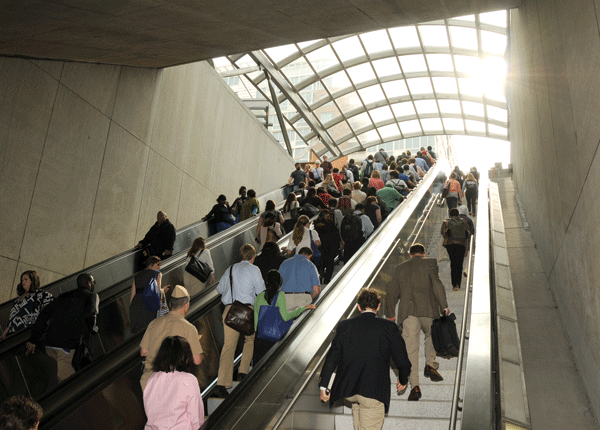 a bill to create the Washington Metropolitan Area Transit Authority (Metro). The interstate Compact was signed by the District of Columbia, the Commonwealth of Virginia, and the State of Maryland. Metro continues to be chartered by this interstate Compact. Among all transit providers in the Washington region – which number more than 15 – Metro is unique in that it serves both states and the District. It provides the only truly regional transit network.
a bill to create the Washington Metropolitan Area Transit Authority (Metro). The interstate Compact was signed by the District of Columbia, the Commonwealth of Virginia, and the State of Maryland. Metro continues to be chartered by this interstate Compact. Among all transit providers in the Washington region – which number more than 15 – Metro is unique in that it serves both states and the District. It provides the only truly regional transit network.
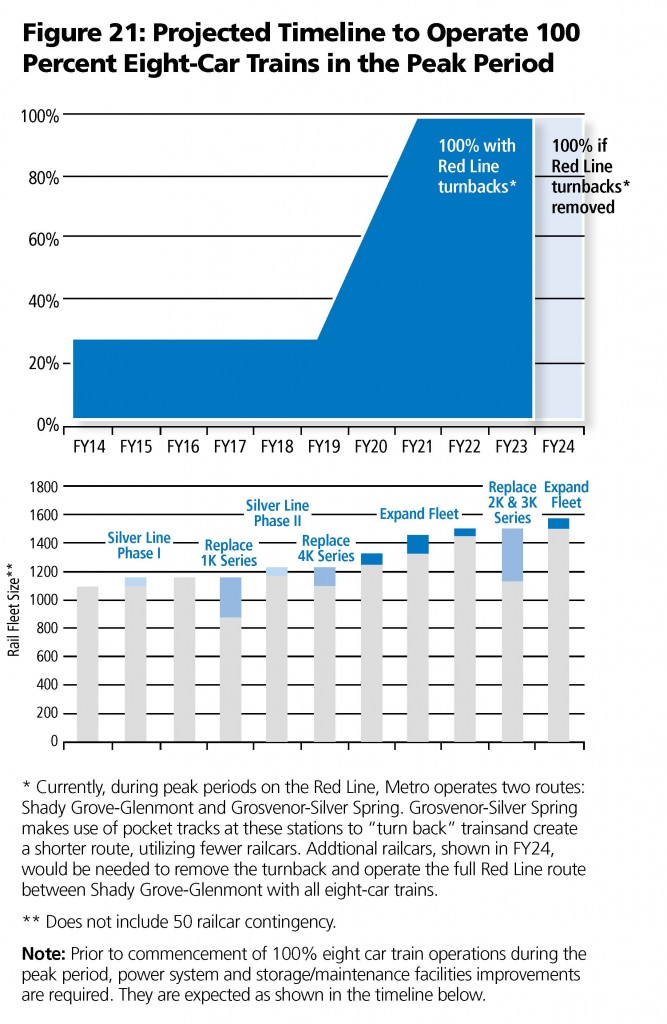
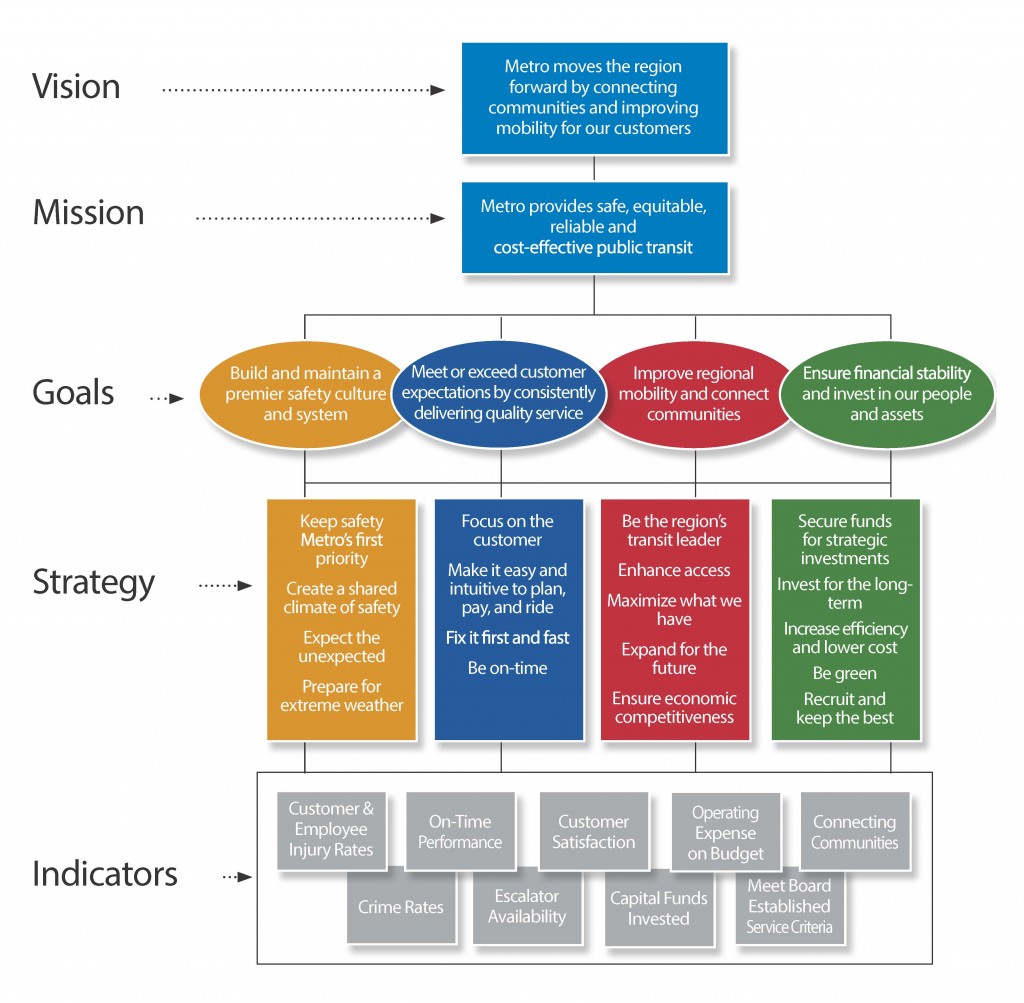
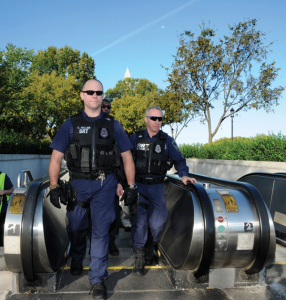
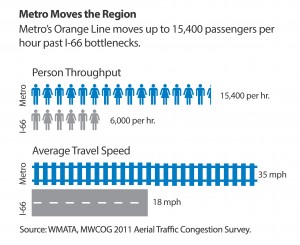
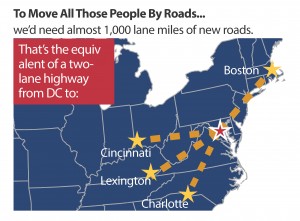
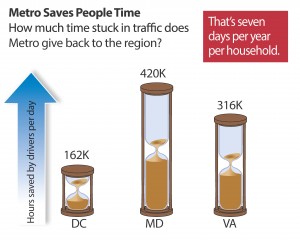
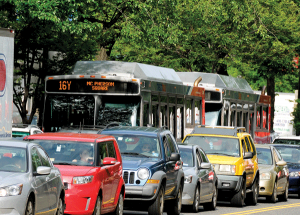

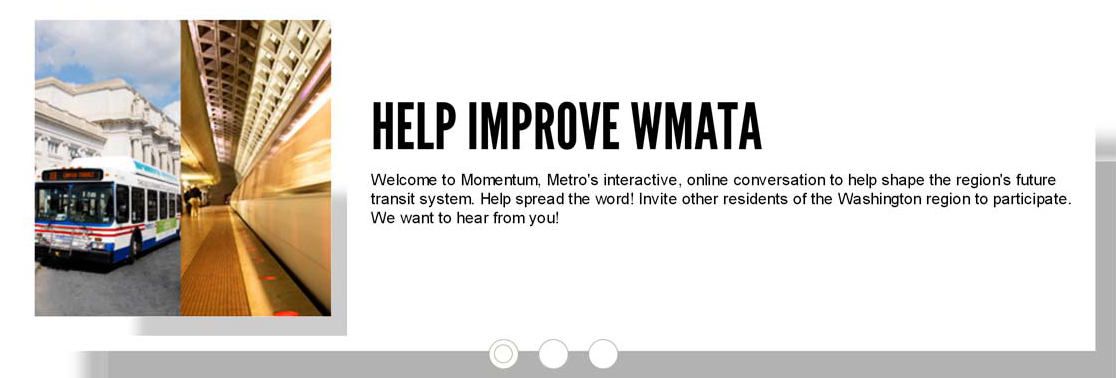
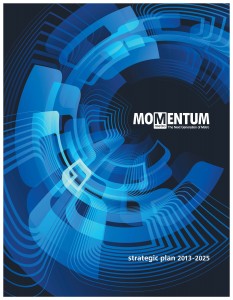



Recent Comments